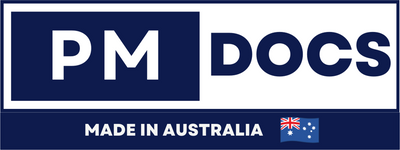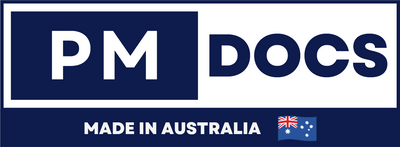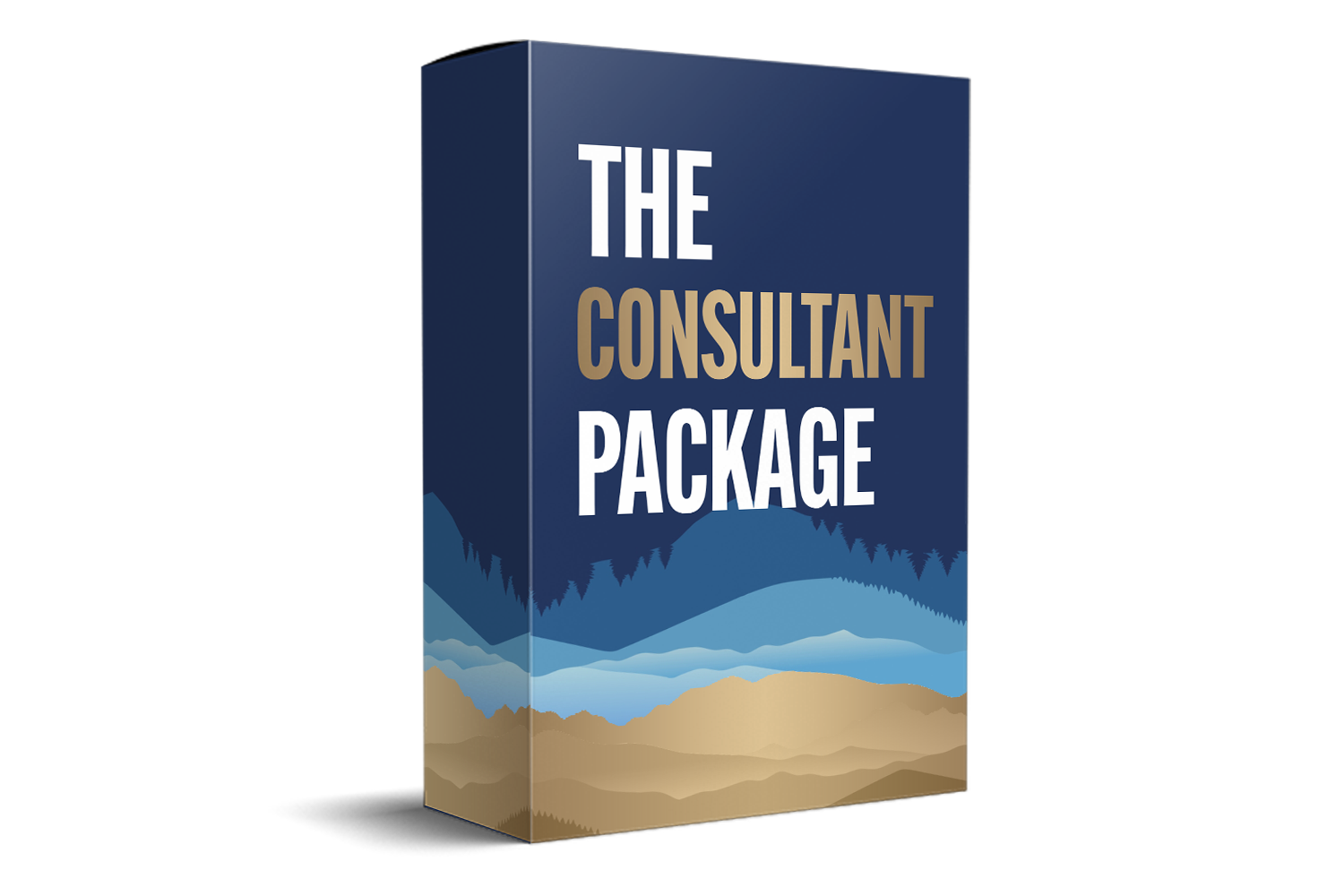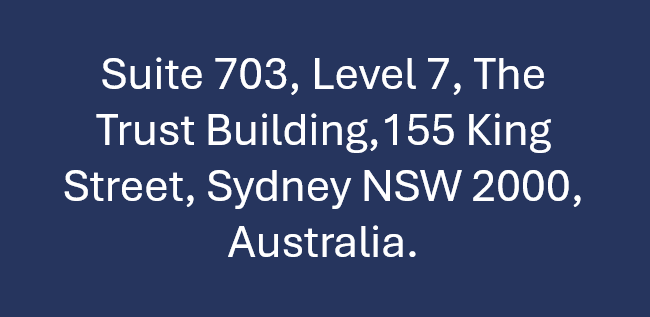Internal Audit Framework Toolkit Overview For Australian Companies
Introduction
In the dynamic world of business, managing risks is crucial. Organizations across Australia are turning to internal audit frameworks as a key tool in their risk management arsenal. But what exactly is an internal audit framework, and why is it important for businesses in Australia? In this guide, we will provide a comprehensive overview of the internal audit framework toolkit, helping you understand how it can benefit your organization.

Understanding Internal Audit Frameworks
1. What is an Internal Audit Framework?
An internal audit framework is a structured approach used by organizations to evaluate and improve the effectiveness of their risk management, control, and governance processes. It serves as a blueprint for internal auditors, guiding them through systematic evaluations that are vital for maintaining organizational integrity and achieving strategic goals. This framework provides a systematic process for assessing how well an organization is managing its risks and meeting its objectives. It outlines the methodologies, tools, and practices that auditors should employ to ensure comprehensive evaluations.
Moreover, an internal audit framework is not a one-size-fits-all solution but is tailored to reflect the specific needs and intricacies of an organization. It takes into account the organization's size, industry, and unique challenges to create a customized auditing process. By adopting such a framework, organizations can ensure consistency in audit processes, enhance accountability, and foster a culture of continuous improvement.
2. Importance of Internal Audit in Australia
Internal audits are essential for organizations to ensure compliance with regulations and standards, manage risks, and improve operational efficiency. In Australia, businesses face a unique set of challenges and regulatory requirements, making internal audit frameworks even more critical. The Australian business landscape is characterized by stringent regulations and a high degree of scrutiny, especially in sectors such as finance, healthcare, and energy.
Given these conditions, internal audit frameworks become indispensable tools for navigating the complex regulatory landscape. They help organizations not only comply with existing laws but also anticipate and adapt to regulatory changes. Furthermore, internal audits play a crucial role in building stakeholder confidence, as they demonstrate a commitment to transparency and accountability. In an era where reputational risk is as significant as financial risk, having a robust internal audit process is a key differentiator.
Key Components Of An Internal Audit Framework
1. Risk Management
Risk management is at the heart of any internal audit framework. It involves identifying potential risks that could impact the organization's ability to achieve its goals. By understanding these risks, businesses can take proactive steps to mitigate them. Effective risk management requires a thorough understanding of both internal and external factors that could pose threats to an organization's success.
Moreover, risk management is not a one-time activity but an ongoing process that evolves with the business environment. Organizations must continually assess their risk landscape, using data analytics and forecasting tools to anticipate new challenges. This dynamic approach allows businesses to not only protect their assets but also seize opportunities that come with calculated risks. By embedding risk management into the organizational culture, companies can foster resilience and agility.
2. Control Environment
The control environment refers to the culture, policies, and procedures that an organization establishes to ensure its internal controls are effective. A strong control environment supports the overall risk management strategy. It sets the tone for the organization, influencing the behavior and mindset of employees at all levels.
A robust control environment is characterized by clear communication of ethical standards, a commitment to competency, and a well-defined organizational structure. It involves establishing clear lines of responsibility and accountability, ensuring that employees understand their roles in maintaining effective controls. Additionally, regular training and awareness programs are crucial to reinforce the importance of internal controls and encourage adherence to established policies. By fostering a culture of integrity and accountability, organizations can ensure that their control environment is both effective and sustainable.
3. Monitoring and Reporting
Regular monitoring and reporting are essential components of an internal audit framework. They ensure that any issues or discrepancies are quickly identified and addressed, keeping the organization on track to achieve its objectives. Effective monitoring involves the continuous review of processes and controls to ensure they are functioning as intended.
In addition to identifying problems, monitoring and reporting also serve as tools for measuring performance and driving improvement. By analyzing audit reports, organizations can gain insights into operational efficiencies and areas for enhancement. Timely and transparent reporting to stakeholders, including management and the board, fosters trust and supports informed decision-making. By integrating technology into the monitoring process, organizations can enhance data accuracy and streamline reporting, making it a more efficient and impactful component of the internal audit framework.
Developing An Internal Audit Framework
Step-by-Step Guide
Developing an effective internal audit framework involves several key steps:
-
Identify Objectives: Clearly define the objectives of the audit framework, aligning them with the organization's goals. This alignment ensures that the audit framework adds value and supports strategic priorities.
-
Assess Risks: Conduct a thorough risk assessment to identify potential threats to the organization. This involves evaluating both existing and emerging risks to prioritize areas that require immediate attention.
-
Establish Controls: Develop and implement controls to mitigate identified risks. These controls should be both preventive and detective, designed to reduce risk exposure and enhance operational integrity.
-
Monitor Performance: Regularly monitor and assess the effectiveness of the controls in place. This step involves analyzing performance data and conducting periodic reviews to ensure controls remain effective.
-
Report Findings: Communicate audit findings to stakeholders and take corrective actions as necessary. Clear and concise reporting is vital for facilitating prompt decision-making and corrective action.
Each of these steps requires careful planning and execution to ensure that the framework is robust and adaptable. Collaboration among departments is crucial during the development phase to ensure that the framework is comprehensive and considers multiple perspectives.
Best Practices For Implementation
To ensure the success of your internal audit framework, consider the following best practices:
-
Engage Stakeholders: Involve key stakeholders in the development and implementation process to ensure buy-in and support. Their involvement ensures that the framework is aligned with organizational priorities and gains the necessary backing for successful implementation.
-
Leverage Technology: Utilize technology to streamline the audit process and enhance data analysis capabilities. Advanced audit tools and software can automate repetitive tasks, increase accuracy, and provide deeper insights into data.
-
Continuous Improvement: Regularly review and update the framework to address emerging risks and changes in the business environment. This proactive approach ensures that the framework remains relevant and effective in managing new challenges.
Implementing these best practices requires a commitment to ongoing learning and adaptation. Organizations should foster a culture that values innovation and encourages employees to contribute ideas for improvement.
Benefits Of An Internal Audit Framework
1. Enhanced Risk Management
A well-designed internal audit framework provides organizations with a clearer understanding of their risks, allowing them to implement effective risk management strategies. This proactive approach helps prevent potential issues before they become significant problems. By identifying and addressing risks early, organizations can avoid costly disruptions and protect their reputation.
Additionally, enhanced risk management contributes to strategic decision-making. With a comprehensive view of the risk landscape, leaders can make informed choices that balance risk and opportunity, driving sustainable growth and competitive advantage.
2. Improved Compliance
In Australia, businesses must comply with various laws and regulations. An internal audit framework helps ensure that the organization meets these requirements, reducing the risk of legal issues and penalties. By maintaining compliance, organizations can build trust with regulators, investors, and customers.
Furthermore, a strong compliance framework can enhance business reputation and open doors to new opportunities. Companies known for their commitment to compliance are often seen as reliable partners, attracting potential collaborations and investments.
3. Increased Operational Efficiency
By identifying inefficiencies and areas for improvement, internal audits can lead to enhanced operational efficiency. This can result in cost savings and a more streamlined business process. Efficiency improvements not only reduce waste but also increase productivity and profitability.
Moreover, operational efficiency contributes to employee satisfaction and customer experience. Streamlined processes can lead to faster service delivery, improved quality, and higher customer satisfaction, ultimately boosting brand loyalty.
Challenges And Solutions
Common Challenges
Implementing an internal audit framework is not without its challenges. Some common issues include:
-
Resource Constraints: Limited resources can make it difficult to implement and maintain an effective framework. Smaller organizations, in particular, may struggle with budget and staffing limitations.
-
Resistance to Change: Employees may resist changes to established processes and procedures. This resistance can stem from a lack of understanding or fear of the unknown.
-
Complexity of Regulations: Navigating complex regulatory requirements can be challenging for organizations. Keeping up with frequent changes in regulations requires dedicated effort and expertise.
Overcoming Challenges
To overcome these challenges, organizations can:
-
Prioritize Training: Invest in training programs to build audit skills and knowledge among staff. Well-trained employees are more likely to embrace new processes and technologies, reducing resistance to change.
-
Foster a Culture of Compliance: Encourage a culture that values compliance and risk management. Leadership should communicate the importance of these elements and recognize efforts to uphold them.
-
Seek External Expertise: Consider engaging external consultants to provide guidance and support. External experts can offer fresh perspectives, specialized knowledge, and best practices that enhance the internal audit framework.
Addressing these challenges requires strategic planning and a commitment to continuous improvement. By fostering a supportive environment and leveraging external resources, organizations can effectively implement and maintain a robust internal audit framework.
Conclusion
In conclusion, an internal audit framework is a vital tool for Australian organizations seeking to enhance their risk management, compliance, and operational efficiency. By understanding the key components and best practices for implementation, businesses can develop a robust framework that meets their unique needs. Embracing this approach will not only help mitigate risks but also position the organization for long-term success in a competitive business environment. By leveraging the internal audit framework toolkit, you can ensure that your organization is well-equipped to face the challenges of today and tomorrow. Embrace the benefits of a proactive approach to risk management and watch your business thrive. This strategic investment in an internal audit framework can lead to sustainable growth, improved stakeholder confidence, and a resilient organizational structure that is prepared for future challenges.




